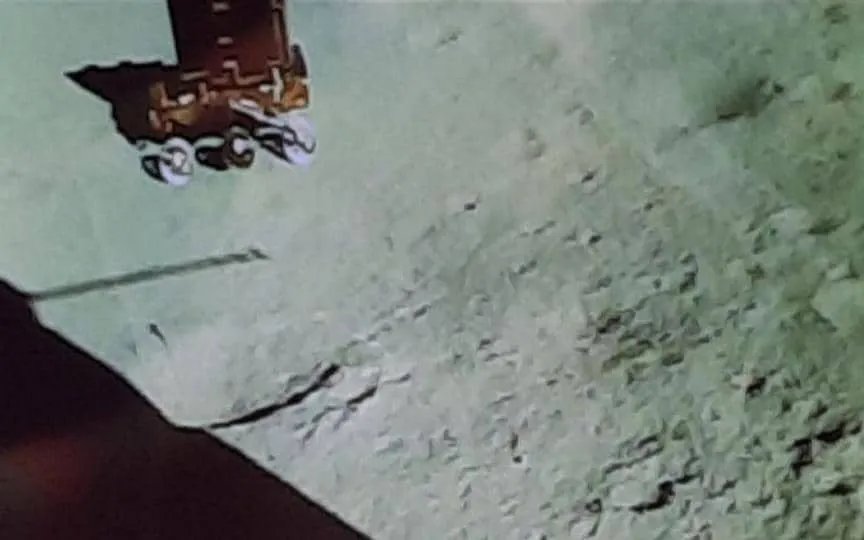What is the Future of ISRO After the Chandrayaan-3 Mission and the Loss of Vikram Lander and Pragyan Rover?
The Chandrayaan-3 mission has been a great success for ISRO, but former ISRO chairman A.S. Kiran Kumar has now stated that there is no hope for the reactivation of the Chandrayaan-3 Vikram lander and Pragyan rover. This announcement, made on Friday, is seen as a potential end to India’s third lunar mission. Kiran Kumar, who maintains a close connection to the mission through ISRO, has stated that there is no expectation for Vikram or Pragyan to come back to life and revive the Chandrayaan-3 mission. If it were possible, it would have already happened.
The ambitious Chandrayaan-3 mission
On September 22, the Indian Space Research Organization (ISRO) announced that attempts will be made to make contact with the solar-powered Vikram lander and Pragyan rover after the start of the new moon day. However, they had mentioned that no signals had been received from them at that time and communication will continue, Prabhat Khabar said.
We are now on WhatsApp. Click to join.
Success of Chandrayaan-3 mission and impact of lunar exploration
With the Chandrayaan-3 mission, India achieved a historic soft landing on the Moon’s south pole on August 23, becoming the fourth country in the world to do so after the United States, the former Soviet Union and China. This achievement was a major milestone in India’s space exploration efforts.
ISRO had idled the lander on September 4 and the rover on September 2 in preparation for reactivation around the next moonrise on September 22. Both the Vikram lander and the Pragyan rover were designed to operate on a lunar day, which is about 14 Earth days.
According to ISRO officials, all 3 objectives of the Chandrayaan-3 mission, including safe soft landing on the lunar surface, demonstration of rover mobility on the moon and conducting scientific experiments on the lunar surface, have been achieved.
On the significance of the Chandrayaan-3 mission, Kiran Kumar emphasized that India has unequivocally reached an area where no one else has ventured, providing valuable information. This information is crucial for planning future missions and activities in this area.
When asked about the possibility of starting lunar sample return missions, Kumar acknowledged the possibilities but did not elaborate on the timeline, stressing that it depends on how the overall plan takes shape and the availability of resources. For this reason, it remains challenging to give a precise time frame for such a task.
One more thing! We are now on WhatsApp channels! Follow us there to never miss an update from the tech world. If you want to follow ReturnByte channel on WhatsApp, click here to join now!




